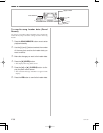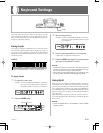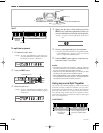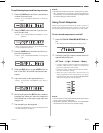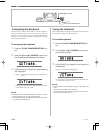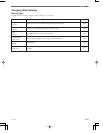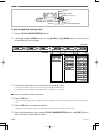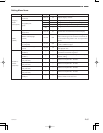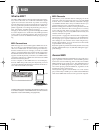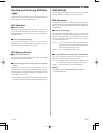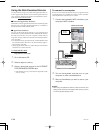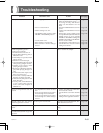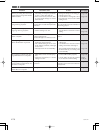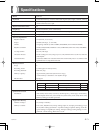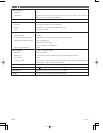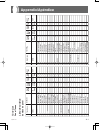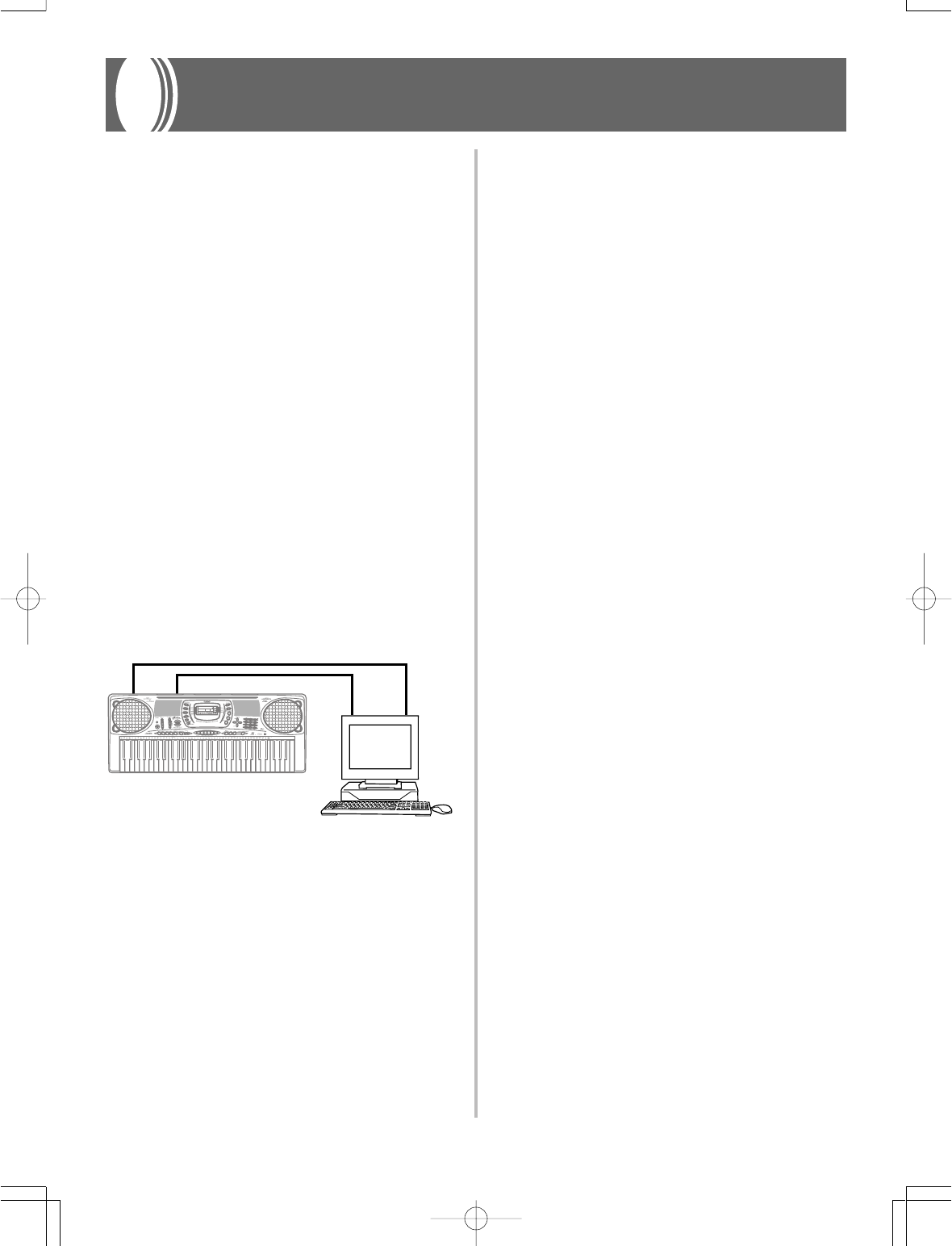
E-66
703A-E-068A
MIDI
What is MIDI?
The letters MIDI stand for Musical Instrument Digital Inter-
face, which is the name of a worldwide standard for digital
signals and connectors that make it possible to exchange
musical data between musical instruments and computers
(devices) produced by different manufacturers. MIDI com-
patible equipment can exchange keyboard key press, key re-
lease, tone change, and other data as messages.
Though you do not need any special knowledge about MIDI
to use this keyboard as a stand-alone unit, MIDI operations
require a bit of specialized knowledge. This section provides
you with an overview of MIDI that will help to get you go-
ing.
MIDI Connections
MIDI messages are send out through the MIDI OUT termi-
nal of one device to the MIDI IN terminal of another ma-
chine over a MIDI cable. To send a message from this key-
board to another device, for example, you must use a MIDI
cable to connect the MIDI OUT terminal of this keyboard to
the MIDI IN terminal of the other device. To send MIDI mes-
sages back to this keyboard, you need to use a MIDI cable to
connect the other device’s MIDI OUT terminal to the MIDI
IN terminal of this keyboard.
To use a computer or other MIDI device to record and play-
back the MIDI data produced by this keyboard, you must
connect the MIDI IN and MIDI OUT terminals of both devic-
es in order to send and receive data.
If a MIDI THRU function provided by the software is being run on
a connected computer or other MIDI device, be sure to turn this
keyboard’s “Local Control Setting” off (page E-65).
MIDI IN MIDI OUT
MIDI IN MIDI OUT
R
E
S
T
/
Y
E
S
/
N
O
(
T
I
E
)
3
F
U
L
L
R
A
N
G
E
M
A
X
M
I
N
P
L
A
Y
R
E
C
O
R
D
S
T
E
P
R
E
C
O
R
D
C
H
O
R
D
F
I
N
G
E
R
E
D
C
A
S
I
O
C
H
O
R
D
N
O
R
M
A
L
BANK STORE
Computer etc.
MIDI Channels
MIDI allows you to send the data for multiple parts at the
same time, with each part being sent over a separate MIDI
channel. There are 16 MIDI channels, numbered 1 through
16, and MIDI channel data is always included whenever you
exchange data (key press, pitch bend operation, etc.).
Both the sending device and the receiving machine must be
set to the same channel for the receiving device to correctly
receive and play data. If the receiving device is set to Chan-
nel 2, for example, it receives only MIDI Channel 2 data, and
all other channels are ignored.
This keyboard is equipped with multi-timbre capabilities,
which means it can receive messages over all 16 MIDI chan-
nels and play up to 16 parts at the same time. Tone and vol-
ume settings for each channel can be made using the key-
board’s onboard Mixer, or by an external source that sends
required MIDI control messages.
Keyboard operations performed on this keyboard is sent out by
selecting a MIDI channel (1 to 16) and then sending the appro-
priate message.
General MIDI
General MIDI standardizes MIDI data for all sound source
types, regardless of manufacturer. General MIDI specifies
such factors as tone numbering, drum sounds, and available
MIDI channels for all sound sources. This standard makes it
possible for all MIDI equipment to reproduce the same nu-
ances when playing General MIDI data, regardless of the
manufacturer of the sound source.
This keyboard supports General MIDI, so it can be used to
play commercially available pre-recorded General MIDI data
and General MIDI data send to it from a personal computer.



